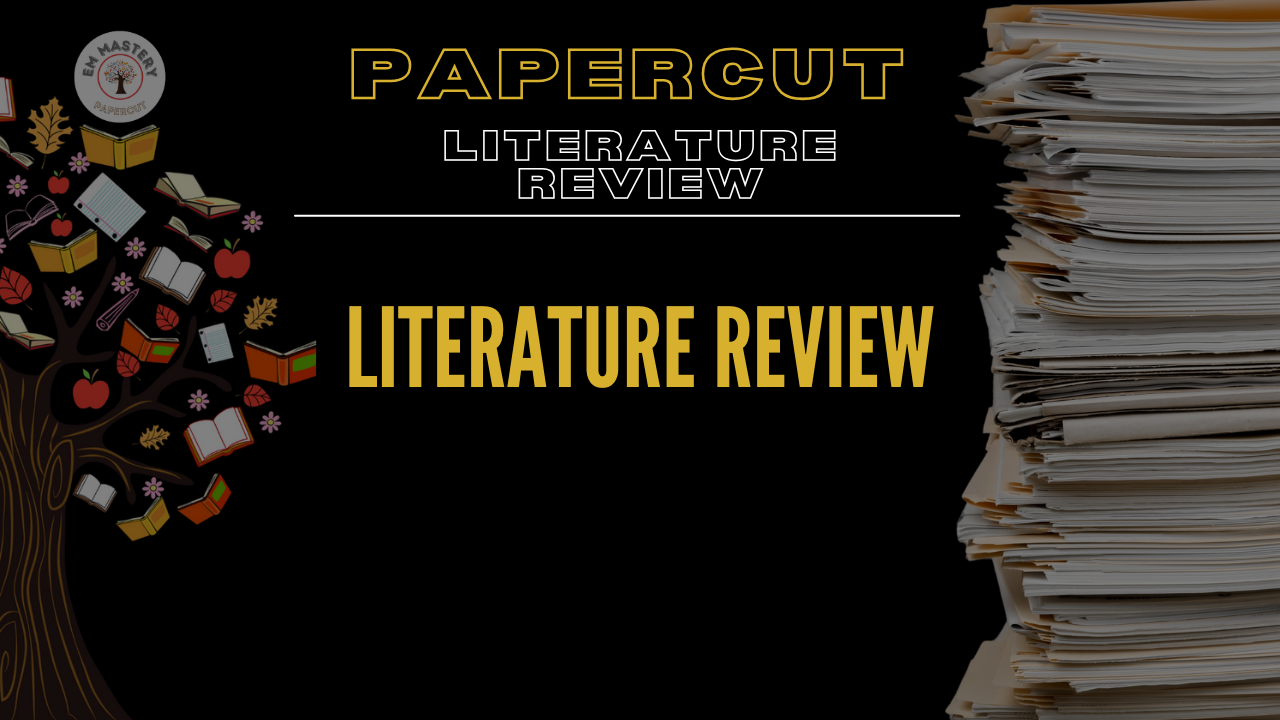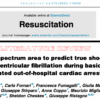Here are 10 recent literature review bottom lines from studies we looked at on EM Mastery
STUDY 1
Couper K et al. A Randomised Trial of Drug Route in Out-of-Hospital Cardiac Arrest. NEJM October 31st 2024 PARAMEDIC-3 Trial
The PARAMEDIC-3 Trial looked at the clinical effectiveness of an intraosseous first strategy, as compared with an intravenous-first strategy, in adults with out-of- hospital cardiac arrest.
Bottom Line
Survival at 30 days was 4.5% (I/O) vs 5.1% in IV group ie I/O did not increase 30 day survival over IV.
STUDY 2:
Vallentin M.F. et al. Itraosseous or Intravenous Vascular Access for Out-of-Hospital Cardiac Arrest. NEJM Published October 31, 2024
Bottom Line
A systematic review of observational studies showed worst outcomes in patients receiving medications via the I/O, rather than the IV route. The AHA and ERC recommend IV access as a first choice, which if unsuccessful, can be followed by I/O access.
STUDY 3:
Geraghty L E. Video versus Direct Laryngoscopy for Urgent Intubation of Newborn Infants. NEJM 390;20. May 30 2024 pp 1885-1894.
Bottom Line
Significantly more neonates were succesfully intubated on first attempt with video laryngoscopy (VL) than with direct laryngoscopy (DL)
STUDY 4:
Tamest Z et al. Does the choice of induction agent in rapid sequence intubation in the emergency department influence the incidence of post-induction hypotension? EMA 2024 36, 340-347.
Bottom Line
Beware the results: more explanation given in the study review.
- 54% (63/117) of patients where Ketamine alone was used became hypotensive.
- 52% (69/132) of patients where Propofol alone was used became hypotensive.
- 35% required vasopressors within 15 minutes of induction.
STUDY 5:
Leonard J C et al. PECARN prediction rule for cervical spine imaging of children presenting to the emergency department with blunt trauma: a multicentre prospective observational study. Lancet Child Adolesc Health 2024; 8: 482–90.
Bottom Line
A 9 Factor Clinical prediction tool was proposed, which had a
- sensitivity of 94·3% (95% CI 90·7–97·9),
- specificity of 60·4% (59·4–61·3), and
- NPV of 99·9% (99·8–100·0).
STUDY 6:
Derkenne C et al. Analysis during chest compressions in out-of-hospital cardiac arrest patients, a cross/sectional study; The DEFI 2022 Study. Resuscitation 202 (2024)
The DEFI 2022 study aimed to assess the ability to analyse cardiac rhythms during cardiac compressions.
Bottom Line
Survival at hospital discharge did not differ between the new algorithm and traditional analysis, although a subgroup of patients who had OHCA in public places and within a short time between call to AED connection (<12.5 min) did show improved survival.
STUDY 7:
Sonora Y et al. Management of Pustules and Vesicles in Afebrile Infants < 60 Days Evaluated by Dermatology. PEDIATRICS Volume 154, number 1, July 2024:pp 40-47
This study proposed a potential approach to the afebrile infant (< 60 days old) with pustules and vesicles.
Bottom Line
Conclusion from the authors was: “Full-term, well-appearing, afebrile infants <60 days of age presenting with pustules or vesicles may not require full SBI work-up,…. HSV testing is recommended in all infants with vesicles, grouped pustules, or pustules accompanied by punched out or grouped erosions. Preterm infants should be assessed for disseminated fungal infection and HSV in the setting of fluid-filled skin lesions.”
This is a retrospective study, conducted in multiple centres, but with a small sample size. The majority of patients were not ED patients and of the 40 seen in ED, 21 were admitted. Patients were reviewed by a dermatologist (I’ve never seen one in the emergency department) The investigative load on the patients was quite significant, with nearly 60% having blood culture
STUDY 8:
Mower WR, et al. Validation of the sensitivity of the National Emergency X-Radiography Utilization Study (NEXUS) head computed tomographic (CT) decision instrument for selective imaging of blunt head injury patients: an observational study. PLOS Med. 2017;14:e1002313.
This new study gives us a glimpse into the rate of injury in the elderly, from falls from standing height.
Bottom Line
There were a lot of takeaways from this study. One major one related to Ground level falls in the elderly:
- Of the 323 total patients with a significant injury 180 (55.7%) were in this group
- Of the 176 patients requiring neurosurgical intervention, 94 (53.4%) patients were in this group.
- Of the total mortality (N=81), this group comprised 46.9% (38 patients)
STUDY 9:
Mirfaszaelian H et al. Serious outcomes among emergency department patients with pre-syncope: A systematic review. Acad Emerg Med 9 June 2024. Ahead of Print
Should we treat patients with pre-syncope, in the same way that we treat those with syncope. Is it a waste of time?
Bottom Line
Patients with presyncope have similar short term serious outcomes as those with syncope. The most common serious outcome was arrhythmias, of which supraventricular arrhythmias were the most common. Ventricular arrhythmias occurred in up to 7% of patients. Other cardiac abnormalities included: Sinus node dysfunction, new uncontrolled atrial fibrillation and myocardial infarction.
Anaemia/Haemorrhage was the second most serious cause
STUDY 10:
Patterson T et al. Expedited transfer to a cardiac arrest centre for non-ST-elevation out-of hospital cardiac arrest (ARREST):a UK prospective , multi centre, parallel, randomised trial. Lancet 2023; 402: 1329-1337.
The ARREST Trial is the first randomised trial to assess if treatment in a cardiac arrest centre of patients with OHCA and no ST elevation on their EKG, resulted in improved survival and neurological outcome.
Bottom Line
30 day all-cause mortality was 63% in the cardiac arrest centre group versus 63% in the standard group ie., there was no difference in patients with cardiac arrest with no ST elevation.
You just got 10 studies from a recent literature review on EM Mastery. The reviews and relevance of the studies and if they should change our practice, are important aspects of the literature you don’t want to miss. Have a look at the literature reviews, podcasts and Mastery lectures.










